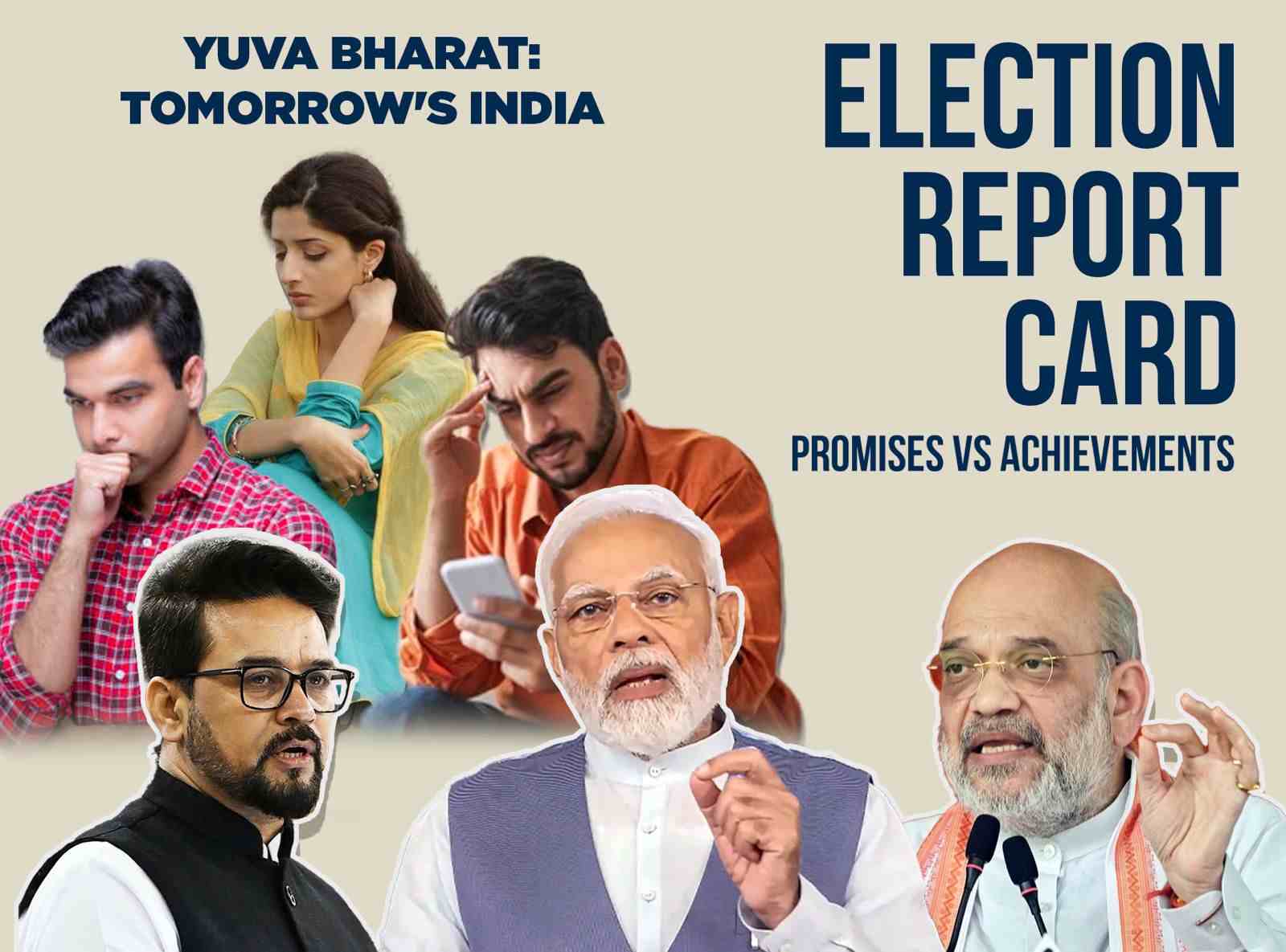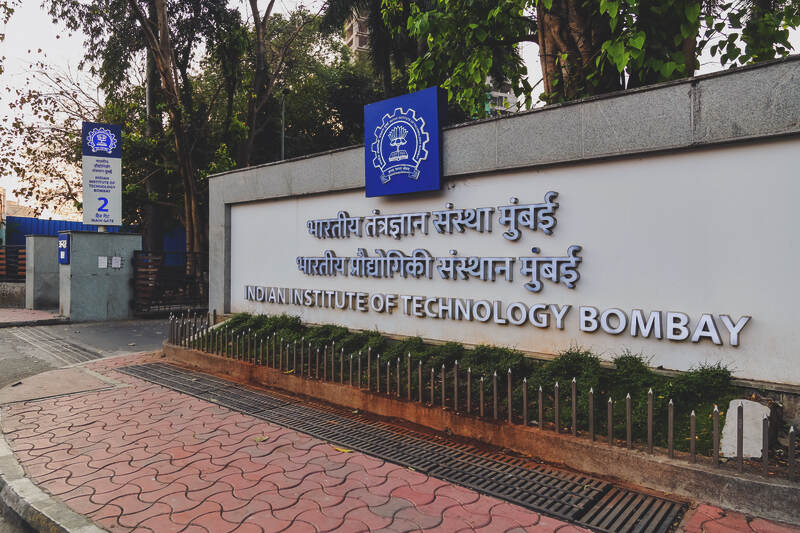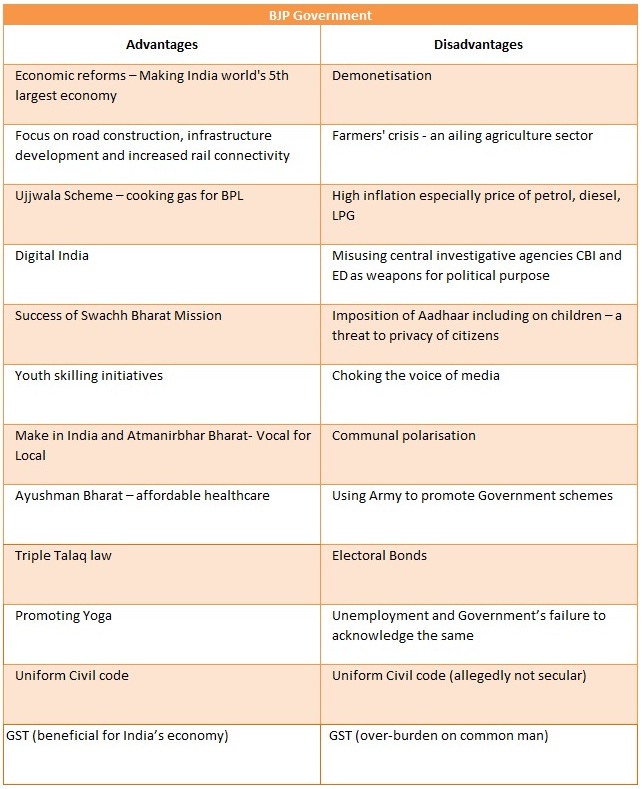Election is a very important tool in democracy. It is through election that citizens of a nation choose their representatives, select their leaders. Political leaders represent different political parties which work for various goals.
As the Lok Sabha Elections 2024 come closer, how to decide which political party you should cast your vote for? How to know how much work the party in power has done as against the tall claims that were made right before the previous elections?
The CSR Journal, which is known for its unbiased and fearless journalism delves into promises made versus task completed by the Bharatiya Janata Party (BJP), which is incumbent at the Centre under the leadership of Prime Minister Narendra Modi.
Following are certain promises made under the BJP’s manifesto ahead of the Lok Sabha Elections 2019. How much of the promises have been achieved in the past 5 years? Were the decisions made by the government beneficial for its people? Are citizens happy with what the government has to offer? What is the opposition saying? The CSR Journal takes a look.
BJP Manifesto – Lok Sabha 2019 Promises made under: Yuva Bharat— Tomorrow’s India
1. Creating Opportunities for Youth
2. Youth in Governance
3. Sports
1. Creating Opportunities for Youth
Virtually addressing a rozgarmela (employment fair) organized by the Gujarat Government in Gandhinagar in March last year, Prime Minister Narendra Modi said nearly 1.5 lakh youth were given government jobs during the last five years.PM Modi said nearly 18 lakh youths received jobs through employment exchanges in the past few years in his home state of Gujarat while more than 2,500 youths were given appointment letters at the event.
In October last year, in a video message at an event of the Ministry of Skill Development and Entrepreneurship, Prime Minister Narendra Modi said that India’s expanding economy is creating new possibilities for the youth and the unemployment rate in the country is at its lowest level in the last six years. Noting that unemployment is decreasing rapidly in both rural and urban areas of India, the PM emphasised that the benefits of development are reaching both villages and cities leading to new opportunities. He also pointed out the unprecedented increase in the participation of women in India’s workforce and credited the impact of the schemes and campaigns that have been launched in India in the past years regarding women empowerment.
In October last year, the BJP Government launched ‘Mera Yuva Bharat’, a Phygital platform aimed at youth development and youth-led development. The autonomous body will benefit the youth in the age group of 15-29 years, in line with the definition of ‘Youth’ in the National Youth Policy and the age-group of 10-19 years. It majorly aims at leadership development in youth, investing in youth to make them social innovators, and leaders in the communities.
36% of IIT Bombay graduates not placed this year: Reports
In a major setback for graduation students seeking employment, shocking media reports have emerged claiming that at least 36% of IIT Bombay graduates have failed to get placement this year. The news comes months after IIM Lucknow and BITS Pilani sought alumni help for placements.
An official from IIT-Bombay’s placement cell told Hindustan Times that it was a struggle “to invite companies to the campus compared to last year due to the global economic meltdown… Most companies were unable to accept salary packages pre-decided by the institute. It took many rounds of negotiations before they agreed to come over. For the first time, registered students from the Computer Science and Engineering branch, which are most in demand, have not seen 100% placement among those registered.”
However, IIT Bombay has denied this claim. Refuting reports that almost 36% of the current batch of graduates is not placed, the institute released a statement on 4th April saying that only 6.1 per cent of the students are still awaiting placement.
India Employment Report 2024 by International Labour Organization (ILO)
However, according to a report released by the International Labour Organization (ILO) in the last week of March, more than 80 percent of India’s unemployed workforce comprises its youth. ‘The India Employment Report 2024,’ jointly released by the ILO and the Institute of Human Development (IHD), said that the proportion of young individuals with secondary education or higher, among the total unemployed youth surged from 35.2 per cent in 2000 to 65.7 per cent in 2022.
The report has flagged concerns about poor employment conditions: the slow transition to non-farm employment has reversed; women largely account for the increase in self-employment and unpaid family work; youth employment is of poorer quality than employment for adults; wages and earnings are stagnant or declining.
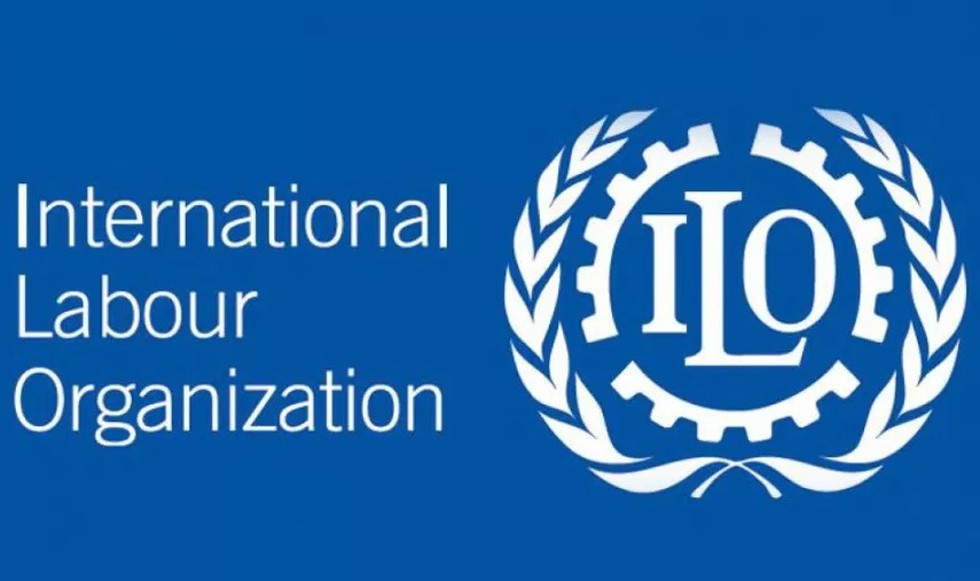
“The youth unemployment rate increased more than twofold between 2000 and 2019, from 5.7 per cent to 17.5 per cent, but then decreased to 12.4 per cent in 2022… Young women were much more likely to not be in employment, education or training than young men, and this was especially pronounced among the older youths (aged 20–24 and 25–29) than the younger ones (aged 15–19) in 2022,” the report said.
Employment in India remained mostly self-employed and casual employment between 2000 and 2022, according to the report. Nearly 90 per cent of the workforce is engaged in informal employment. “Worse, there has been a rise in contractualisation, with only a small percentage of regular workers covered by long-term contracts,” it says.
The Opposition says
Reacting to the ILO report on youth unemployment in India, opposition party Congress said that Prime Minister Narendra Modi can keep trying to “distort, distract, and divert”, but youth unemployment is a defining issue for the country in the 2024 Lok Sabha polls and the party has a concrete plan to deal with it.
Congress claimed that the country is sitting on a “ticking bomb” of joblessness with the youth bearing the brunt of the Modi government’s “apathy”. Compared to 2012, youth unemployment has tripled under the Bharatiya Janata Party government, he claimed.
Citing the India Employment Report 2024, Congress President Mallikarjun Kharge reminded Indian citizens before they cast their vote that PM Modi promised to provide 20 crore jobs in 10 years but “snatched more than 12 crore jobs from the youth”.
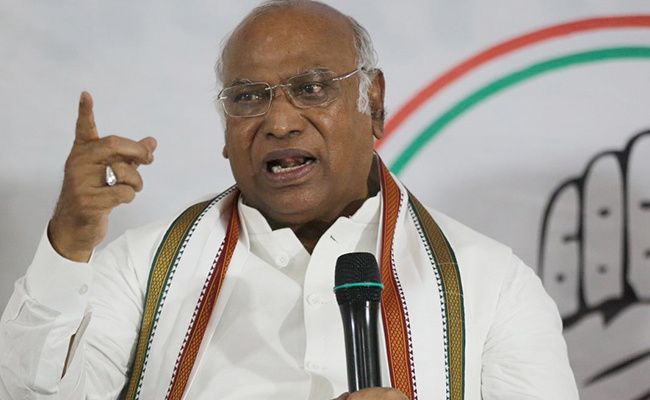
Taking to X, Kharge posted, “Our Youth is bearing the brunt of Modi Govt’s pathetic apathy, as ever-rising Unemployment has destroyed their future. ILO & IHD Report conclusively says that the Unemployment problem is grim in India. They are conservative; we are sitting on a ‘ticking bomb’ of joblessness! But Modi Govt’s Chief Economic Advisor protects the dear leader, by saying ‘Govt. can’t solve all social, economic problems such as unemployment’.”
“Share of people employed in industry and manufacturing has remained the same since 2012 at 26% of the total workforce. The percentage of youth involved in economic activities decreased from 42% in 2012 to 37% by 2022,” he said, citing the report.
Therefore, compared to the Congress-led UPA government, fewer young people are involved in economic activities under the BJP Government due to an acute scarcity of jobs, he further said.
In September last year, Congress General Secretary Communications Jairam Ramesh alleged that the BJP Government might want to ‘manipulate’ the National Crime Records Bureau (NCRB) data due for 2022 to hide the alarming suicide rate among the youth. In a statement, he said unemployment in India remains a severe problem as well as the hidden under-employment.
Citing a report from Azim Premji University, the Congress General Secretary said, 42 per cent of graduates under 25 were unemployed in 2021-22. Jobs in manufacturing dropped 31 per cent between 2016-17 and March 2023, according to Centre for Monitoring Indian Economy (CMIE) data. ‘The latest Periodic Labour Force Survey (PLFS) for Jan-March 2023 shows that even in urban areas, less than 50 per cent of workers are salaried. The latest all-India PLFS data, including rural areas, is much worse – in 2021-22, just 21 per cent of workers have formal jobs, which is still lower than the pre-pandemic period of 23 per cent. Instead, self-employment and casual employment have risen.
“These numbers show that the unplanned lockdown, in combination with disastrous economic policies and the cronyism of the Modi government, have actually shrunk formal employment opportunities for educated youth,” he stated.
“With economic distress reducing jobs in the private sector, highly educated youths are being forced to compete for a minuscule number of government posts, he said. To make matters worse, even the public sector has been shrinking under the Modi government, he claimed.
As of August 2022, he said, 9.8 lakh Union government posts were vacant; CMIE data shows that government jobs declined 20 per cent between 2015-16 and 2022-23; India now has one of the lowest numbers of public employees per 1000 population, lower than the US, Brazil, and even China.
“Rather than dealing with the employment crisis, the Modi government is busy hiding and distorting data and focusing on gimmicks… To further cover up its failures in providing government employment, the prime minister personally holds Rozgar Melas making a complete mockery of routine government workings. Despite massive gaps in the public sector, of close to 10 lakh vacancies, the Modi government makes a big show of 50,000 job letters for posts that were already sanctioned, and claims that it is generating employment,” the Congress Leader said.
Further, RTI data by The Telegraph shows that while all job letters at Rozgar Melas are being presented as ‘new recruits’, a sizeable number are actually just promotions,’ the politician alleged. Citing statistics from the National Sample Survey Office (NSSO) April 2023 report, he said 33 per cent of India’s youth neither has a job nor is taking educational or training courses, and this number rises to over 50 per cent for women. ‘The tragic consequence of this is that the youth suicide rate (age below 30) has been growing sharply since 2016 and has reached 4.9 per lakh population in 2021, the highest in 25 years.
Unemployment biggest problem for Indian youth: survey
As per a survey by Lokniti-CSDS in 2023, nearly 36% Indians in the 15-34 year age group believe unemployment is the biggest problem in the country. The survey – conducted in 18 states with a sample size of 9,316 respondents – also found that about one in six Indians or 16% think the biggest problem is poverty, 13% think it is inflation, 6% think it is corruption while 4% identified problems in education and high population.
When compared to a similar survey conducted in 2016, the proportion of Indians who identify unemployment as the biggest problem increased by 18 percentage points while those who believe inflation is the primary concern increased by 7 percentage points, the report said.
Interestingly, as many as 40% educated respondents (graduate and above) identified unemployment as the biggest challenge as opposed to only 27% of non-literate individuals. While unemployment was a significant concern for people across different classes, it is particularly pronounced among middle-class youth, the survey found.
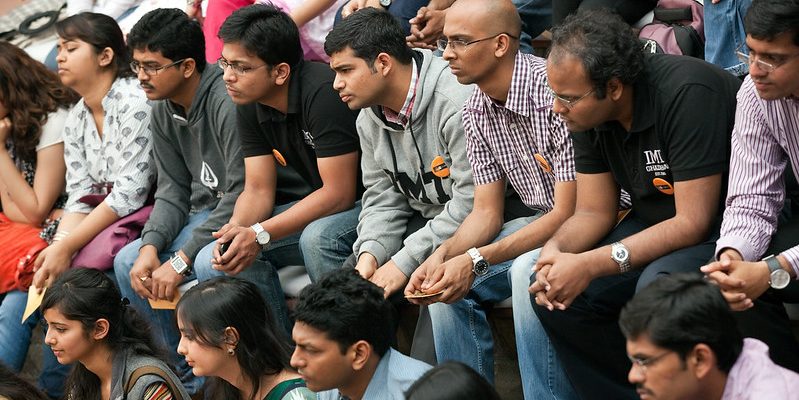
2. Youth in Governance
Engaging youth in ‘Swachhata‘ cleanliness
The Bharatiya Janata Party government has been emphasising on Swachhata or cleanliness since day one. The ‘Indian Swachhata League’ is India’s first inter-city competition led by youth towards building Garbage Free Cities under Swachh Bharat Mission-Urban 2.0. In 2022, more than 5,00,000+ young students, citizen volunteers, youth leaders, and celebrity icons across the country joined the maiden edition of ISL and contributed towards making their city clean and garbage free on Seva Diwas, 17th September 2022. More than 1,800 city teams displayed their passion for swachhata by undertaking various creative and unique initiatives. Cities teams organized cycle rallies and beach clean-ups with youth and spread the message of source segregation in the most unique manner. Lakhs of youth also advocated for clean and garbage free hills and undertook mass plogging and clean up drives across hill stations, as per a government announcement.
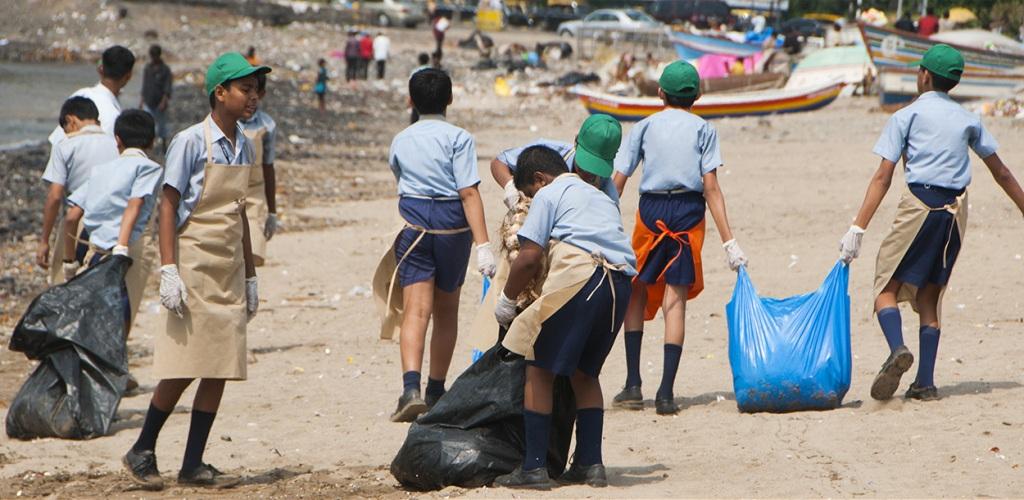
Combating addiction among youths
To curb the menace of drug demand, the Ministry of Social Justice and Empowerment has been implementing the National Action Plan for Drug Demand Reduction (NAPDDR) which is an umbrella scheme under which financial assistance is provided to State Governments and Union Territories for Preventive Education and Awareness Generation, Capacity Building, Skill development, vocational training and livelihood support of ex-drug addicts, programmes for Drug Demand Reduction.
Monetary support is also provided to NGOs and Voluntary Organisations for running Integrated Rehabilitation Centres for Addicts, Community based intervention for early Drug Use Prevention among Adolescents and Outreach and Drop in Centres and District De-Addiction Centres in the identified districts and Addiction treatment facilities in Government Hospitals.
To tackle the issue of Substance Abuse and a vision to make India Drug Free, Nasha Mukt Bharat Abhiyaan was launched on 15th August 2020 by the Ministry, in 272 Districts identified as most vulnerable in terms of usage of drugs in the country. These vulnerable districts were identified on the basis of findings from the Comprehensive National Survey and the inputs provided by the Narcotics Control Bureau. Nasha Mukt Bharat Campaign is a three-pronged attack combining the supply curb by Narcotics Control Bureau, outreach and awareness and demand reduction effort by Social Justice and Empowerment and treatment through Health Department.
The Khelo India Rising Talent Identification (KIRTI) programme was launched in Chandigarh in March this year. Aimed at school children between nine and 18 years, the nation-wide scheme will have two main objectives: to hunt talent from every nook and corner of the country and to use sports as a tool to curb addiction towards drugs and other gadgetry distractions. KIRTI has been launched across 50 centres in India. Fifty thousand applicants are being assessed in the first phase across 10 sports, including athletics, boxing, wrestling, hockey, football and wrestling. KIRTI aims to conduct 20 lakh assessments across the country throughout the year to identify talent through notified Talent Assessment Centres.
Status of Addiction in India
At least 1.58 crore children aged between 10 and 17 years are addicted to substances in the country, the Government of India informed the Supreme Court in December, 2022. Citing data from a survey conducted following a top court order, it said alcohol is the most commonly used psychoactive substance by the Indians followed by Cannabis and Opioids. About 16 crore people consume alcohol and more than 5.7 crore individuals are affected by harmful or dependent alcohol use and need help.
According to the United Nations Office on Drugs and Crime (UNODC)’s World Drug Report 2022, around 284 million people use drugs worldwide. This report also states that India is one of the world’s single-largest opiate markets.
“Alcohol, country liquor, opium, hashish and marijuana were freely available and used in India. Drug addiction and abuse have been steadily increasing and the problem is compounded by factors such as stresses of modern life, family problems, poverty, unemployment and social unrest,” says an article published in Psychology India magazine. In the article published in February, last year, startling figures based on recent Government of India Figures have been revealed:
— Over 10% of the population suffers from psychiatric disorders including depression, neurosis and psychosis.
–15 people out of every 1000 are drug users.
–Chronic alcohol addiction ranges from 25 out of 1000 people.
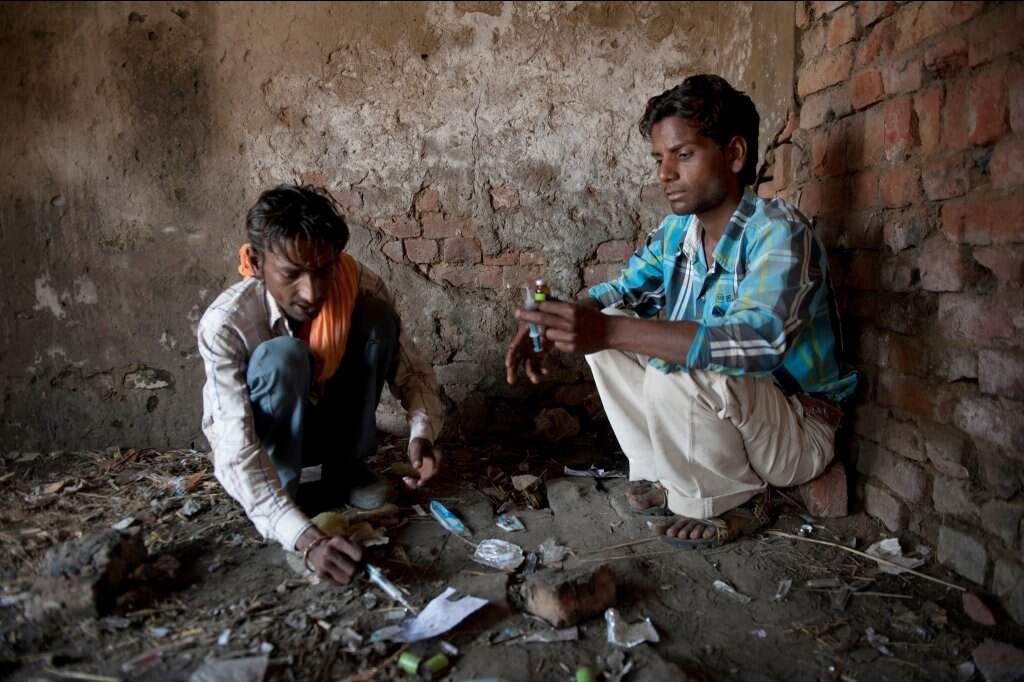
“In India an NGO survey revealed that 63.6 % of patients coming in for treatment were introduced to drugs at a young age below 15 years. According to another report 13.1% of the people involved in drug and substance abuse in India, are below 20 years. Heroin, Opium, Alcohol, Cannabis and Propoxyphene are the five most common drugs being abused by children in India.
A survey shows that of all alcohol, cannabis and opium users 21%, 3% and 0.1% are below the age of eighteen. An emerging trend about child drug abusers is the use of a cocktail of drugs through injection, and often sharing the same needle, which increases their risk of HIV infection. Overall 0.4% and 4.6% of total treatment seekers in various states were children,” according to Child Line India.
Internship for youth in urban local bodies
In June 2020, an online portal was launched for The Urban Learning Internship Programme (TULIP) by Ministry of Housing & Urban Affairs (MoHUA) in collaboration with Ministry of Education (MoE) and All India Council of Technical Education (AICTE). The programme aims to provide internship opportunities to fresh graduates in all Urban Local Bodies (ULBs) and Smart Cities across the country.
TULIP is a programme for providing fresh graduates experiential learning opportunities in the urban sector. Time and again in his speeches, Prime Minister Narendra Modi has emphasized the important role the youth of India has to play in shaping the nation’s future.
TULIP would help enhance the value-to-market of India’s graduates and help create a potential talent pool in diverse fields like urban planning, transport engineering, environment, municipal finance etc. thus not only catalyzing creation of prospective city managers but also talented private/ non-government sector professionals.
TULIP would benefit ULBs and smart cities immensely. It will lead to infusion of fresh ideas and energy with engagement of youth in co-creation of solutions for solving India’s urban challenges. More importantly, it will further Government’s endeavours to boost community partnership and government- academia-industry-civil society linkages. Thus TULIP- “The Urban Learning Internship Program” would help fulfil twin goals of providing interns with hands-on learning experience as well as infusing fresh energy and ideas in the functioning of India’s ULBs and Smart Cities.
This is also a step towards fulfilment of the Ministry of Human Resource Development and the All India Council for Technical Education’s goal of 1 crore successful internships by the year 2025.
State Governments/Union Territories are also urged to explore scaling up TULIP to parastatal agencies/ State Financial intermediaries and other organizations related to urban development in their respective jurisdictions.
“As part of the TULIP (The Urban Learning Internship Programme) programme, many Swachhagrahis were deployed in the lodging areas during the Amarnath Yatra in 2022. They monitored the overall cleanliness and sanitation, facilitated solid waste collection and segregation, advocated non-use of SUPs, and spread the message of swachhata. TUILIP interns gathered feedback from yatris using the QR codes on toilets, langars, and camp facilities. Special selfie points were installed for the yatris. As part of the Amarnath Yatra, several unique activities were undertaken to enhance the pilgrimage experience,” as per a news report.
As per the Central Government’s direction, Ludhiana Municipal Corporation invited applications for internships under the Urban Learning Internship Programme (TULIP) in May 2023 while Pune Municipal Corporation (PMC) invited applications for the same in August. The Greater Visakhapatnam Municipal Corporation opened internships for graduates of various streams under the Tulip programme in November, 2023 offering a monthly stipend between Rs 5000-1000.
The Pune civic body will be filling up 236 posts under the internship programme for the year 2023-24 with a majority of posts in Civil Engineering department. A total of 159 interns would get chance a to work with in the civil engineering. The civic body will be giving Rs 12,000 to Rs 15,000 per month internship to the students.
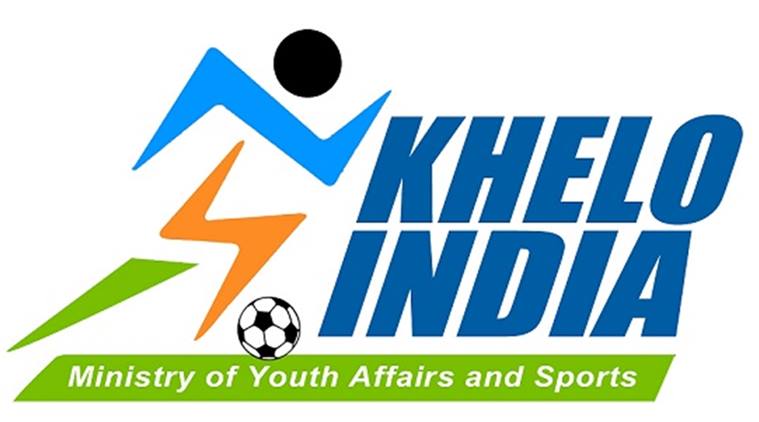
3. Sports
According to Sports Minister Anurag Thakur, India wants to “become a top 10 sports nation in the world by 2036 and among the top five by 2047.”
The Khelo India scheme is a flagship government-funded programme of the BJP government that aims to identify and nurture sporting talent in India. It was launched in the year 2018 by the then Sports Minister Col. Rajyavardhan Singh Rathore with the aim of improving the sports culture in India.
The BJP Government has launched the Khelo India Programme with twin objectives of mass participation and the promotion of excellence in sports. Various programmes have been launched under this scheme to promote sports and improve the level of sports and infrastructural facilities, including stadiums, playing fields, tracks and sports training centres across the country. Presently, 31 Khelo India State Centres of Excellence and 960 Khelo India Centres are being supported under the scheme. 267 Academies have been accredited under the scheme. 2510 athletes in 21 sports disciplines have been identified as Khelo India Athletes, including Para sports.
In order to improve India’s performance at Olympics and Paralympics, the Ministry of Youth Affairs and Sports (MYAS) started the Target Olympic Podium Scheme (TOPS) in September 2014. Target Olympic Podium Scheme is a flagship programme of the Ministry of Youth Affairs and Sports which is an attempt to provide assistance to India’s top athletes. The Scheme looks to add a premium to the preparations of these athletes so that they can win medals in the Olympics. This was revamped in April 2018 to establish a technical support team for managing the beneficiary athletes and providing holistic support. The scheme provided support to probable athletes identified for the 2020 Olympic Games and Paralympic Games including foreign training, international competition, equipment and coaching camp besides a monthly stipend of Rs. 50,000/- for each athlete.
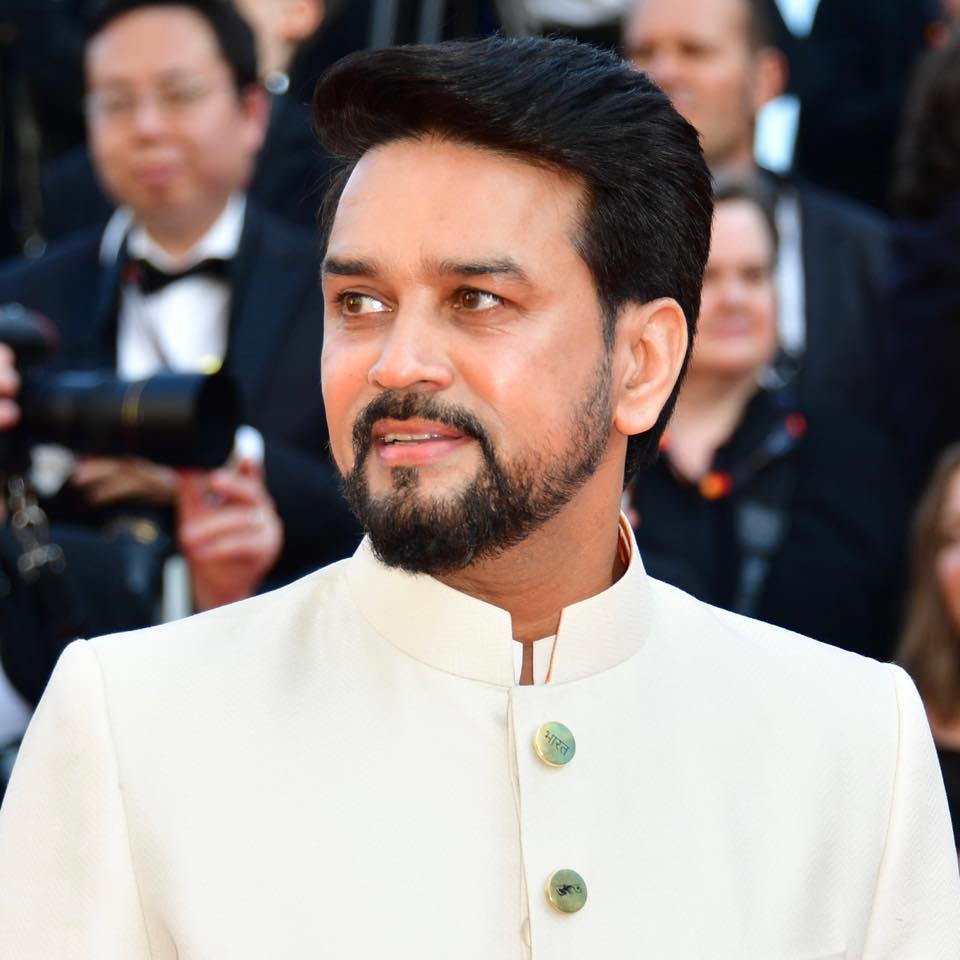
Virtually addressing students at a university event in Noida in February this year, Sports Minister Anurag Thakur said that over 300 sporting infrastructure projects worth Rs 3,000 crore have been established under the Khelo India umbrella. He said that Khelo India and Target Olympics Podium Scheme (TOPS) have “revolutionised” the sports landscape in India. The minister also described how the Khelo India programme annually adds 1,000 new athletes, providing them with funding for training, accommodation, diet, and a monthly allowance.
“Even the Target Olympic Podium Scheme (TOPS) has transformed, providing athletes with foreign exposure, training, and world-class coaching apart from financial support to the tune of Rs 25,000-50,000 per month as out-of-pocket allowance,” the minister informed during his speech.
The scheme of National Centre of Sports Science and Research (NCSSR) which is being implemented by the Ministry of Youth Affairs & Sports, Government of India, aims to support high level research education and innovation in respect of high performance of elite athletes. The scheme is implemented through the Sports Authority of India (SAI), an Autonomous Body under this Ministry, and select universities/institutes/medical colleges in the country. Under the Scheme, medical care and management as well as rehabilitation of injuries of athletes at the SAI National Centre of Excellence and Target Olympic Podium Scheme is undertaken by engaging Doctors and Scientific/Support staff for regular consultations as well as management of trainings. The approach also includes dealing with on and off field injury prevention and management.
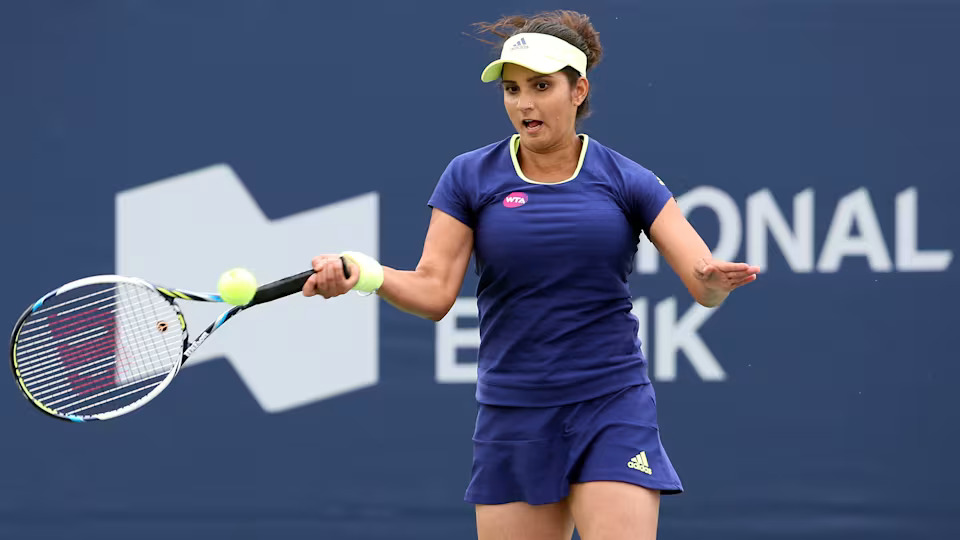
Promoting sports among women in India
Talking about promoting sports for women in India, according to the Sports Minister in July 2022, around 9.5 crore rupees have been released under the “Sports for Women” component of the Khelo India Scheme to increase women’s participation in sports since 2020.
He said, “All schemes of the Department of Sports are gender neutral and cater to all sportspersons equally. However, one of the components of the Khelo India Scheme ‘Sports for Women’ is specifically dedicated towards the promotion of sports among women.” Under this component, Women’s Leagues in various disciplines are conducted in collaboration with the National Sports Federations, in order to increase the participation of women in sport, utilize the league as a platform for talent identification and provide competition exposure to women athletes of the different age groups.
Further, to provide special emphasis on the promotion of sport among the talented women sportspersons in the country, the Sports Authority of India (SAI) has established one National Centre of Excellence (NCOE) and three SAI Training Centres (STCs) exclusively for women. Besides, a total number of 3146 women athletes are trained across the country under the Sports Promotional Schemes of SAI.
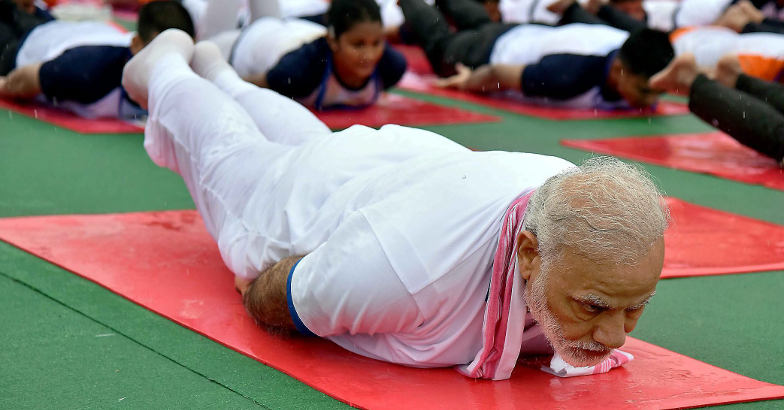
Recognising traditional Indian sports
The Ministry of Youth Affairs and Sports runs a Central Sector Scheme, namely, ‘Khelo India – National Programme for Development of Sports’ Scheme since 2016, wherein one of the sub-components, namely, ‘Promotion of rural and indigenous/tribal games’, is dedicated to development of rural and indigenous/tribal games in the country. Under the ‘Promotion of rural and indigenous/tribal games’ sub- component of the Khelo India Scheme, Mallakhamb, Kalaripayyattu, Gatka, Thang-Ta, Silambam and Yogasan have been receiving support for infrastructure development, equipment support, appointment of coaches, training of coaches and scholarships to athletes.
While presenting the Union Budget 2019-20, Union Finance Minister Nirmala Sitharaman had stated that the government will set up National Sports Education Board under the Khelo India programme. However, this is still waiting to see the light of the day.

